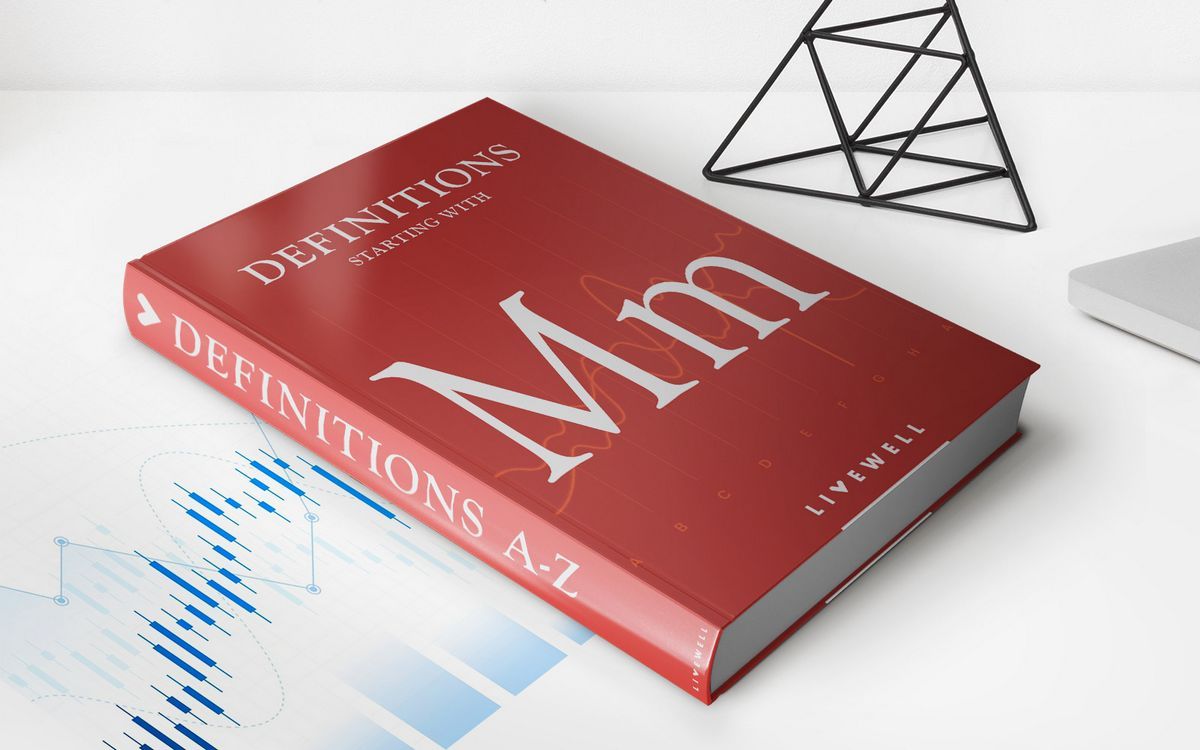Market Distortion Definition Causes and Examples

Contents
Market Distortion: Definition, Causes, and Examples
What Is Market Distortion?
Market distortion is any situation where prices are determined by forces other than supply and demand. Governments, central banks, and large corporations can all contribute to market distortions through regulation, subsidies, taxes, tariffs, and monetary policy.
Key Takeaways
- Market distortion refers to interference that significantly affects prices and market behavior.
- Government regulations and subsidies are forms of market distortion aimed at the common good.
Understanding Market Distortion
Mainstream economists recognize that government intervention in markets is necessary to protect people from market volatility. Regulations and interventions seek to balance the well-being of market participants and market efficiency.
Government Subsidies
For example, government subsidies in the agricultural sector make farming economically feasible for certain products. While not economically efficient, these subsidies ensure food security.
However, countries often have objections to each other’s market interventions. Trade tensions arise when nations disagree on market practices, such as China’s support for its steel and aluminum industries or former U.S. President Donald Trump’s protectionist measures.
Monopoly Power and Market Distortion
Market distortion can also occur when a single business holds a monopoly or when competition is hindered. This leads to limited choices and higher prices for consumers. Tech giants like Amazon, Meta (formerly Facebook), and Google have faced accusations of anti-competitive behavior to maintain market dominance.



